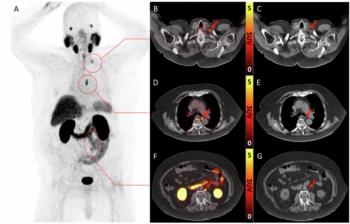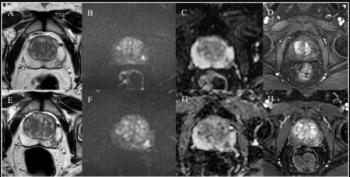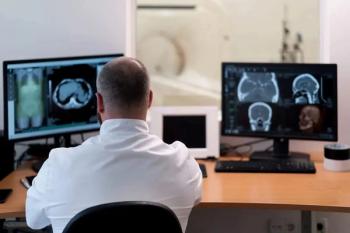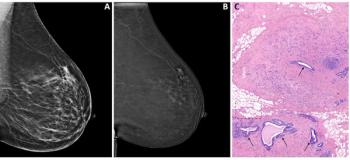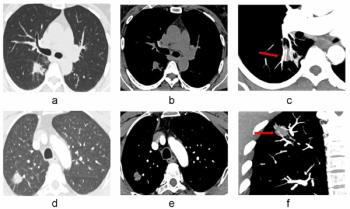
Imaging Efficiency Metrics Don’t ID Well-Performing Hospitals
Attempts at determining imaging efficiency identifies hospitals with inefficient practices but not hospitals that are doing well.
Imaging efficiency measures identify individual hospitals and hospital categories with relatively inefficient imaging practices, but not distinctly positively performing hospitals, according to a study published in the
Researchers from New York University Langone Medical Center sought to determine the performance of hospitals in the United States in terms of the Hospital Outpatient Quality Reporting Program’s (OQR) imaging efficiency measures.
They obtained data files from the Hospital Compare website, which contains data relating to the imaging efficiency metrics for 4,118 hospitals. According to the files, 1,183 (28.7%) of reporting hospitals provided results for all the metrics. The data for this study came from January 1, 2014 and April 1, 2013.
The researchers looked at outpatient Medicare claims for five imaging efficiency metrics:
1. Frequency of combination abdominal CT (performed with and without intravenous contrast).
2. Combination chest CT (performed with and without intravenous contrast).
3. Simultaneous brain/sinus CT.
4. Mammography follow-up (diagnostic imaging after screening mammography).
5. Lumbar spine MRI for low back pain without prior conservative therapy.
“For all measures aside from lumbar spine MRI for low back pain, a large majority (59.6% to 99.6%) of hospitals reported frequencies of less than 10%,” the authors wrote. “Although nearly all hospitals reported a frequency less than 10% for simultaneous brain/spine CT studies, a considerable minority of hospitals reported frequencies much greater than 10% for combination chest CT studies, combination abdominal CT studies, and mammography follow-up rates (maximum frequencies ranging from 79.2% to 95.2% for these measures).”
Median values of the Hospital OQR Program imaging measures among all reporting hospitals within the United States:
The researchers noted that, for some measures, relatively poor performance was more commonly observed among critical access hospitals and physician-owned/proprietary hospitals, and less commonly observed among the “best” hospitals and primary residency teaching sites, according to the U.S. News & World Report. The researchers also noted that hospitals with relatively poorer performance showed improvement in the frequency of combination abdominal and chest CT improved from 2013 to 2014.
It was determined that while it was possible to help identify individual hospitals and hospital categories that had relatively inefficient imaging practices, it was not easy to readily identify distinctly positively performing hospitals.
Newsletter
Stay at the forefront of radiology with the Diagnostic Imaging newsletter, delivering the latest news, clinical insights, and imaging advancements for today’s radiologists.

